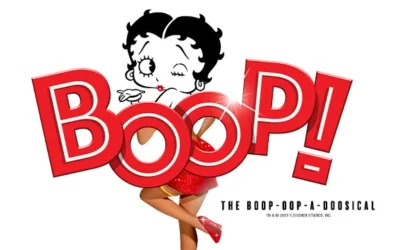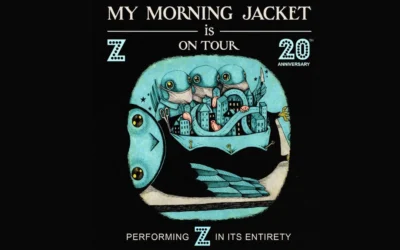The sport of soccer is in a familiar position. Once again, one of the World Cup competitions — the United States women’s team lost to Japan on penalty kicks in the championship game Sunday, July 17 — thrust this sport into the center of the American sporting conscience and raised hopes among its most fervent supporters that soccer might be ready to turn the Big Four into the Big Five.
Except history suggests it won’t happen, and that Americans will pay far less attention to the professional leagues than they do during the quadrennial World Cups.
There will certainly be a short-term boost for American professional soccer leagues, as evidenced by the sellout crowd of 15,404 that turned out to watch the Women’s Professional Soccer match between host Western New York and magicJack Wednesday, July 19. (Abby Wambach, who starred for the United States during the World Cup and plays for magicJack, is a Rochester native who was honored before the game) Not only was that the biggest crowd in the three-year history of the WPS, it was almost four times as large as the previous largest crowd this season.
Whether the World Cup will be enough to save the WPS is still to be determined: Prior to the World Cup, WPS attendance was down from the first two seasons, when it didn’t come close to the 5,000 fans per game its founders believed were necessary for survival when the league was founded in 2009. If WPS folds, it will be the second women’s league to perish this century, following in the footsteps of the WUSA (2001-2003).
The men’s Major League Soccer (MLS) will be the next to benefit from the latest boost in publicity for the sport. More than 60,000 fans are expected to file into Soldier Field in Chicago Saturday, July 23 to watch the MLS’ Fire take on the world-famous Manchester United squad in an exhibition.
But the game at the Chicago Bears‘ cavernous home stadium is a departure from the norm for the Fire, as is the big crowd. The Fire will resume their regular MLS home schedule Wednesday, August 3 against the Philadelphia Union and will likely do so in front of a decent but less-than-capacity crowd at 20,000-seat Toyota Field in suburban Chicago.
According to the Web site mlsattendance.blogspot.com, the Fire has averaged 14,292 fans per match, or 71.46 percent of capacity, this season. The average capacity is just shy of the MLS average of 74.1 percent. The average crowd for an MLS game this season, meanwhile, is 17,515 — a fraction more than the average crowd for an MLS game during its inaugural season in 1996 (17,406), which was two years after the United States hosted the men’s World Cup.
Another sign of MLS’ unspectacular steadiness: Of the 16 teams that played in MLS last season, eight have enjoyed an attendance increase this year and eight have seen their averages dip. Yet only three of the teams experiencing a decrease are down more than 1,000 fans per game.
Still, unspectacular steadiness is enough to make MLS the most successful pro soccer league in American history. MLS still has a year to go to match the run of the North American Soccer League, which existed from 1968 through 1984, but MLS, which will expand to a record 19 teams next year, is in far better shape in its 16th year than the NASL was. The NASL enjoyed a brief surge in popularity during the soccer boom of the late 1970s, but attendance fell from a record of 14,201 during the 1980 season to 10,759 in 1984.
In addition, most MLS teams play in soccer-only stadiums, which helps the perception of the sport because teams are playing in front of far fewer empty seats than they would in the football stadiums MLS teams called home during the league’s first few years.
And the two expansion teams that began play this season have been smash hits in their respective markets, with the Portland Timbers averaging a sellout at 18,627-seat Jeld-Wen Field and the Vancouver Whitecaps drawing almost 98 percent of capacity at 20,000-seat Empire Field. Four other teams are playing to at least 98 percent of capacity, led by the San Jose Earthquakes at a robust 126.31 percent (averaging 13,010 fans at the 10,300-seat Buck Shaw Stadium) and the Seattle Sounders at 104.17 percent (averaging 37,188 fans at the 35,700-seat CenturyLink Field). Only one team is playing to less than 50 percent of capacity, and D.C. United (averaging 15,338 fans, or 33.64 percent of capacity) still plays at 45,596-seat RFK Stadium, the old home of the Washington Redskins and Washington Nationals.



